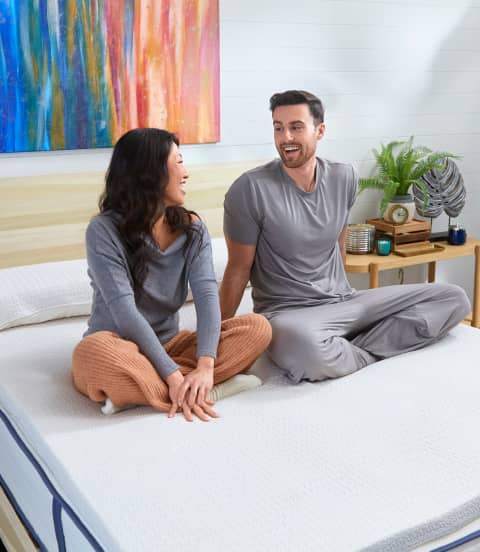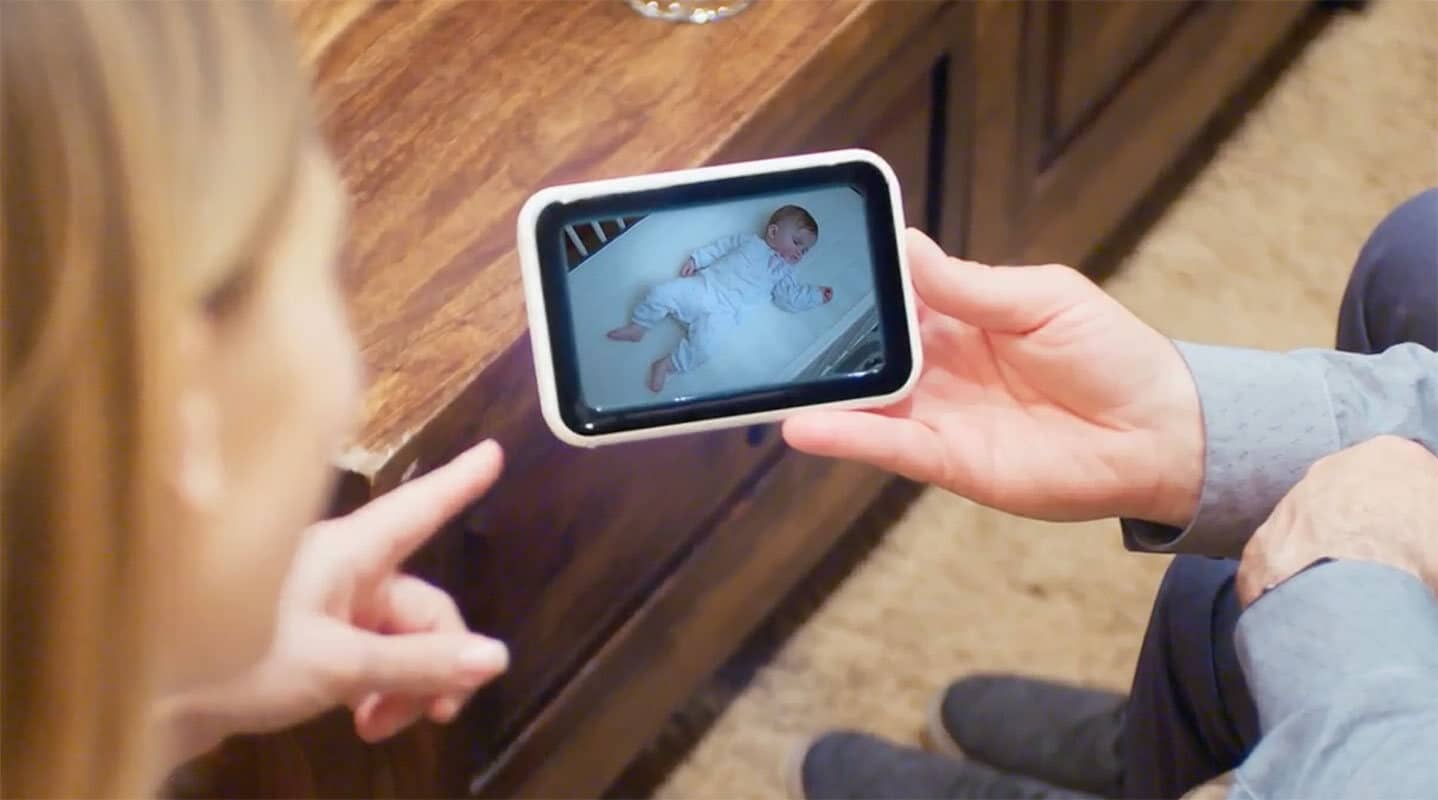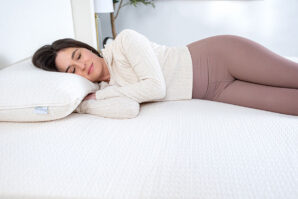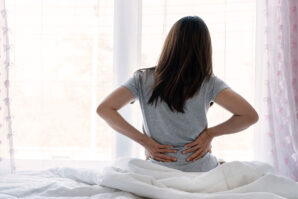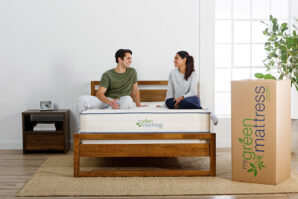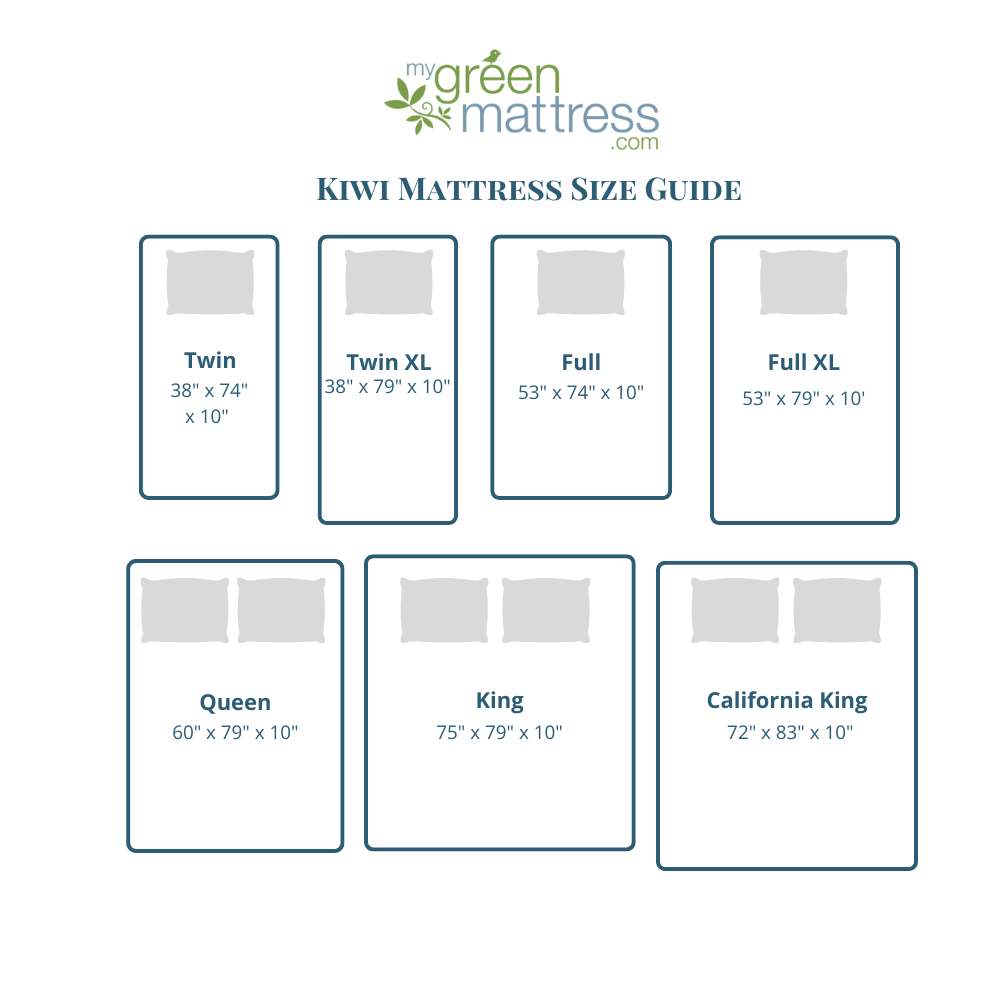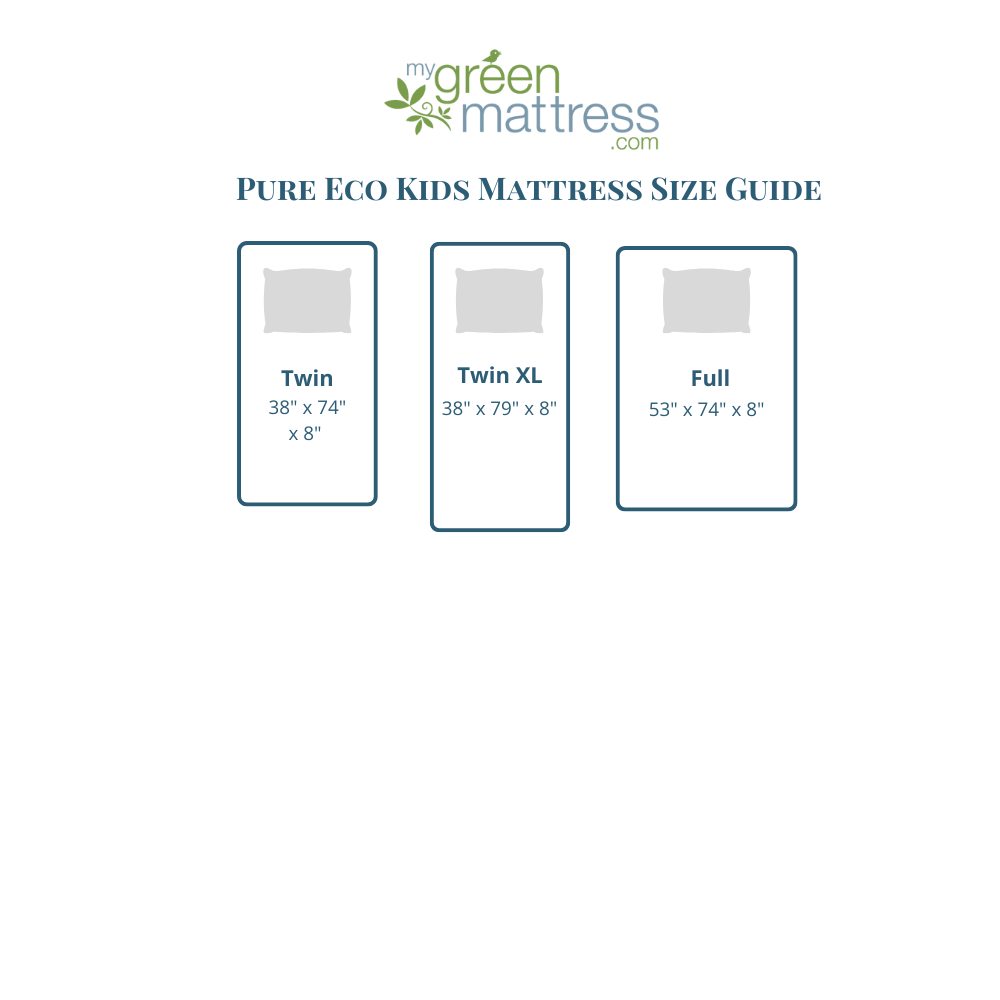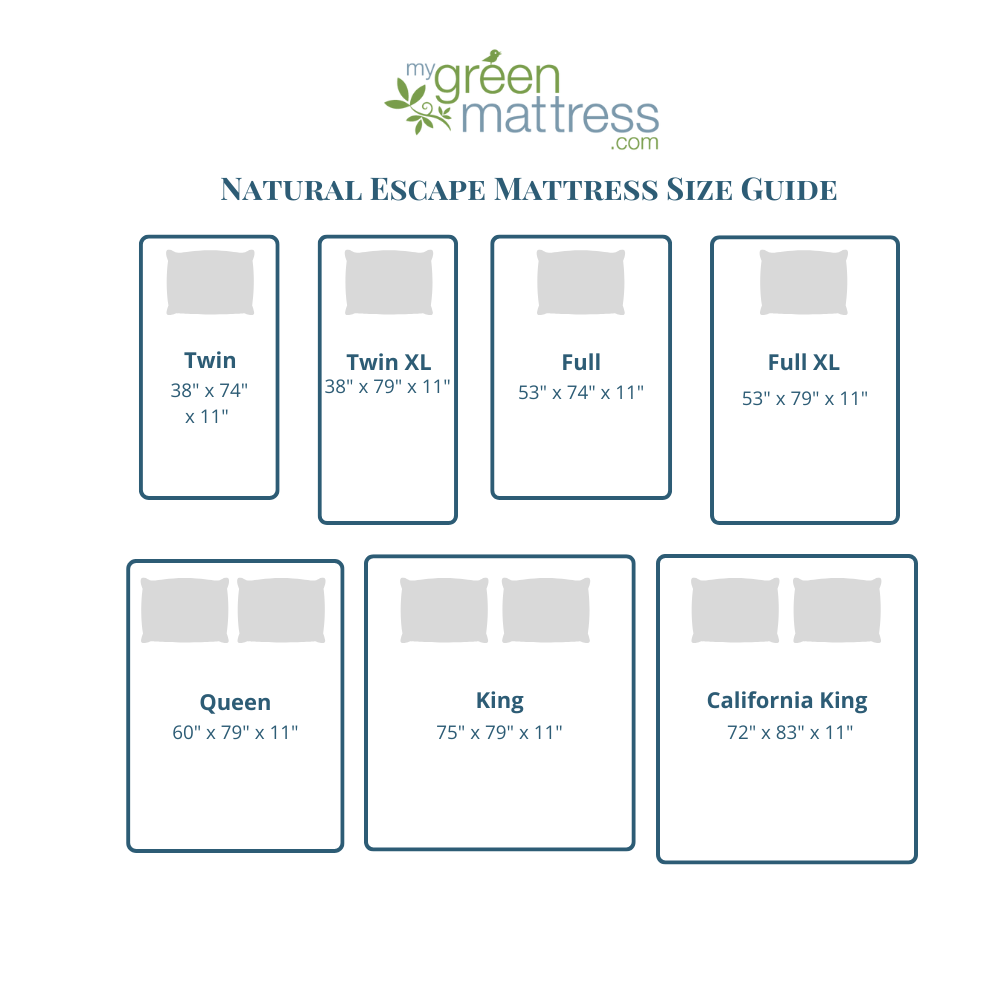Together, we can work to minimize the incidence of SIDS.
October is Safe Sleep and SIDS Awareness Month. Together, we can work to minimize the incidence of SIDS and celebrate safe sleep for infants and children.
Understanding Sudden Infant Death Syndrome (SIDS)
Sudden Infant Death Syndrome, is a term used to describe the sudden, unexplained death of an otherwise healthy baby under one year of age. It typically occurs during sleep and remains a medical mystery despite extensive research. The tragic reality is that SIDS is a leading cause of infant mortality worldwide.
What Causes SIDS?
The exact cause of Sudden Infant Death Syndrome (SIDS) remains a complex and elusive mystery, despite extensive research efforts. However, researchers have identified several risk factors that may contribute to the occurrence of SIDS. These risk factors often intersect and may include abnormalities in the infant’s brainstem, genetic predispositions, maternal smoking during pregnancy, premature birth or low birth weight, and exposure to secondhand smoke or excessive heat during sleep.
Crucially, an unsafe sleep environment, such as placing an infant to sleep on their stomach or amidst soft bedding, can increase the risk of SIDS. Therefore, SIDS awareness is connected to an awareness about “safe sleep” in which parents or guardians mitigate the risks of SIDS in the sleep environment.
It is essential to note that while these factors are associated with SIDS, they do not guarantee its occurrence, and many infants with these risk factors do not experience SIDS. Ongoing research aims to unravel the complexities of SIDS and develop strategies to mitigate its risks.
What is Safe Sleep?
The American Academy of Pediatrics recommends a safe sleep environment to reduce the risk of all sleep-related deaths. Safe sleep recommendations include placing infants on their backs to sleep, as this position has been shown to be the safest and reduces the risk of SIDS. Infants should be put to sleep on a firm and flat sleep surface, such as a safety-approved crib or bassinet, free from soft bedding, pillows, bumper pads, and stuffed animals. These safe sleep practices help create a secure sleep environment that minimizes potential hazards and promotes the safety and well-being of infants during their sleep.
Toxins and exposure
There is some research to suggest that cigarette smoke and other toxins in the environment can increase the risk of SIDS. So, creating a safe environment means minimizing cigarette smoke in the area where your infant sleeps, and creating a sleep surface that is free from odors, harmful chemicals and other impurities.
What We’re Doing At My Green Mattress to Support Safe Sleep
My Green Mattress was founded by Tim Masters, a father of 5 who needed to make a hypoallergenic and non-toxic crib mattress for his infant daughter who was suffering from severe allergies and eczema. His goal was to reduce her exposure to toxins so that she could sleep in the healthiest environment possible.
He created the Emily Organic Crib Mattress, a two-sided nontoxic crib mattress that is handmade in the USA, using a firm innerspring, GOTS certified organic cotton, GOTS certified organic wool, and GOLS certified organic coconut coir — a breathable material made from organic coconut fibers. This mattress protects your infant from the dangerous off-gassing chemicals found in flame retardants and polyurethane foams that are common in conventional crib mattresses.
The Emily Organic Crib Mattress offers the perfect combination of safety, breathability and healthy support for your baby so you can rest easy knowing your baby is sleeping on a nontoxic, breathable mattress. The Emily Organic Crib Mattress comes with a risk-free 120-night sleep trial, a 10-year warranty, is made to order and ships free to your home in two weeks or less within the continental US. Check our sale page for frequent discounts.
Let’s all come together to raise awareness of SIDS and help keep babies safe while sleeping. More information can be found at the Safe to Sleep Awareness month website.

